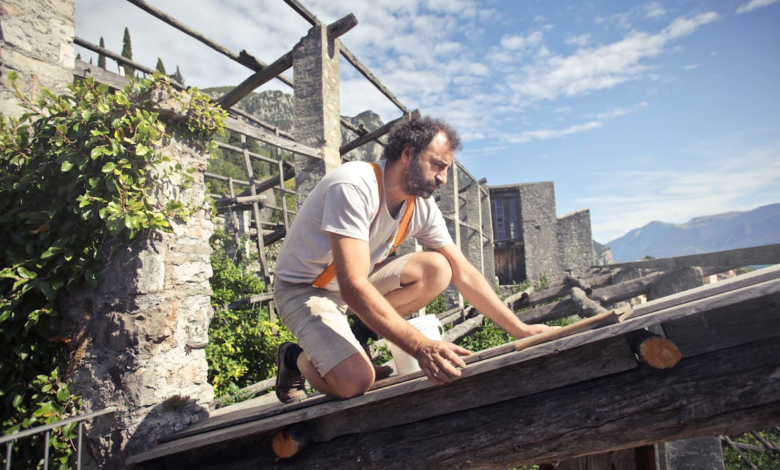Roofing Contractor’s Guide to Weathering Storm Season Safely and Effectively

Storm season can wreak havoc on roofs, causing damage that ranges from minor leaks to catastrophic failures. As a roofing contractor, it’s essential to be prepared to weather the storm season safely and effectively.
In this guide, we’ll explore the key strategies and best practices to protect your team, your clients, and their properties during storm season.
Understanding the Risks
Before diving into preparation and safety measures, it’s crucial to understand the risks associated with storm season. High winds, heavy rain, hail, and even tornadoes can cause significant damage to roofs, compromising their integrity and leaving homes vulnerable to further harm.
As a roofing contractor, it’s your responsibility to assess these risks and take proactive steps to mitigate them.
Preparation is Key
Preparation is the cornerstone of weathering storm season successfully. Start by ensuring that your team is adequately trained in storm safety protocols.
This includes understanding how to identify dangerous weather conditions, how to secure job sites quickly, and how to communicate effectively during emergencies.
Additionally, make sure your equipment and vehicles are in good working condition. Inspect ladders, harnesses, and other safety gear regularly, and replace any damaged or outdated equipment.
Stock up on essential supplies, such as tarps, plywood, and waterproofing materials, to address emergency repairs quickly.
Stay Informed
One of the most effective ways to weather storm season safely is to stay informed about weather conditions in your area. Monitor local weather forecasts regularly, and pay attention to severe weather alerts issued by the National Weather Service.
Develop a system for communicating weather updates to your team, and be prepared to adjust your schedule or plans accordingly.
Secure Job Sites
When a storm is approaching, securing your job sites should be a top priority. Remove any loose materials or debris from the roof, and secure or store equipment and materials that could become projectiles in high winds.
If possible, cover partially completed roofs with tarps or plywood to prevent water intrusion.
Encourage your team to take shelter in a safe location as soon as severe weather threatens.
Designate designated shelter areas on every job site, such as sturdy buildings or vehicles, and make sure everyone knows where to go in an emergency.
Protect Your Team
The safety of your team should always be your top priority. Make sure everyone is equipped with appropriate personal protective equipment (PPE), including hard hats, safety glasses, and gloves.
Provide training on how to use fall protection equipment properly, and enforce strict safety protocols at all times.
During severe weather events, it may be necessary to temporarily suspend work and seek shelter until the storm passes. Encourage your team to err on the side of caution and prioritize their safety above all else.
Emergency Response
Despite your best efforts to prepare and secure job sites, storm damage can still occur. In the event of roof damage or leaks, it’s essential to respond quickly and effectively to minimize further harm.
Have a plan in place for addressing emergency repairs, and make sure your team knows how to implement it.
When responding to emergency calls, prioritize jobs based on the severity of the damage and the risk to the property.
Focus on securing the roof to prevent further water intrusion, and document the damage thoroughly for insurance purposes.
Communicate with Clients
Effective communication with your clients is critical during storm season. Keep them informed about the status of their roofing projects, especially if severe weather delays or affects the timeline. Be transparent about any damage or issues that arise, and provide clear timelines for repairs or rescheduling.
Encourage clients to take proactive steps to protect their homes during storm season, such as trimming overhanging branches, cleaning out gutters, and securing outdoor furniture and decor. Offer guidance on how to recognize signs of roof damage and when to seek professional assistance.
Conclusion
Weathering storm season safely and effectively requires careful planning, preparation, and communication. As a roofing contractor, it’s your responsibility to prioritize the safety of your team, your clients, and their properties during severe weather events. By following the strategies outlined in this guide, you can minimize the impact of storm season on your business and ensure that you’re well-equipped to handle whatever Mother Nature throws your way.



